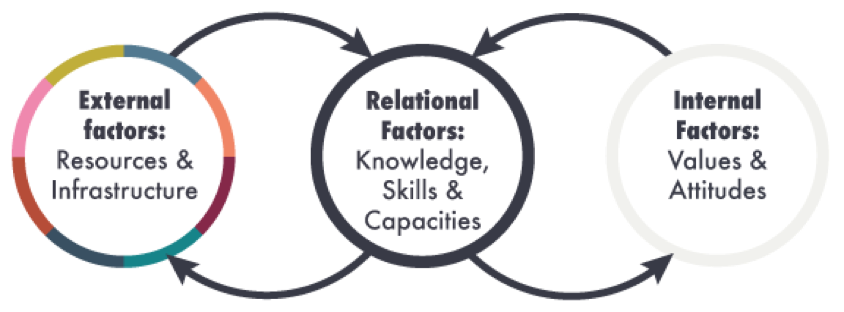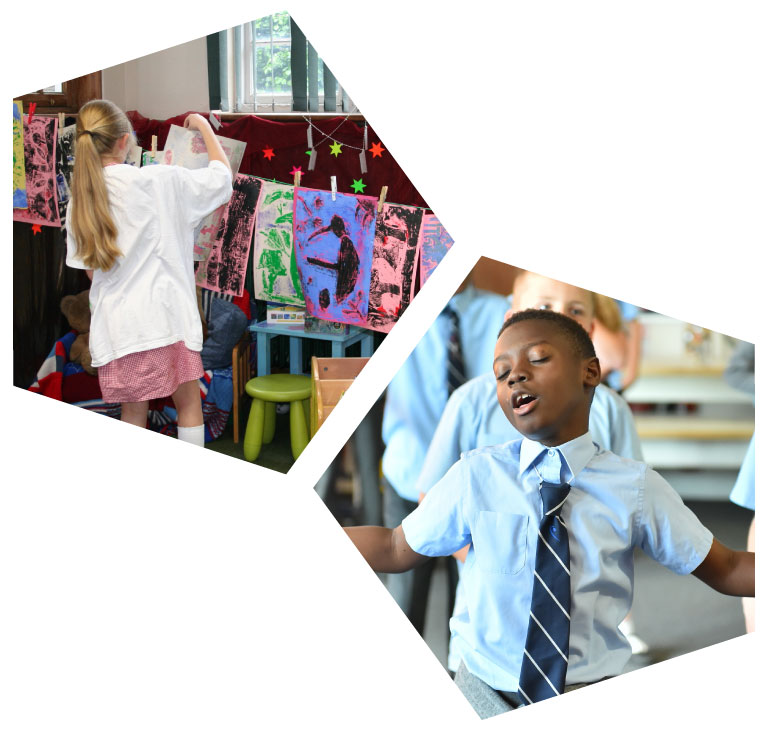Political Expression
Young people feel that they lack political expression, for example, the fact that 16-18 year olds were excluded from the EU Referendum.
Consumption of Digital Media
Many adults are expressing concerns about how the extent of consumption of digital media impacts on children and young people’s sense of self, their worldviews, their wellbeing, privacy, relationships and concentration.
Risk Taking
There are concerns that children and young people are not developing skills to manage their own wellbeing, for example by not experiencing enough freedom to take risks, exercise outdoors and manage digital safety.



